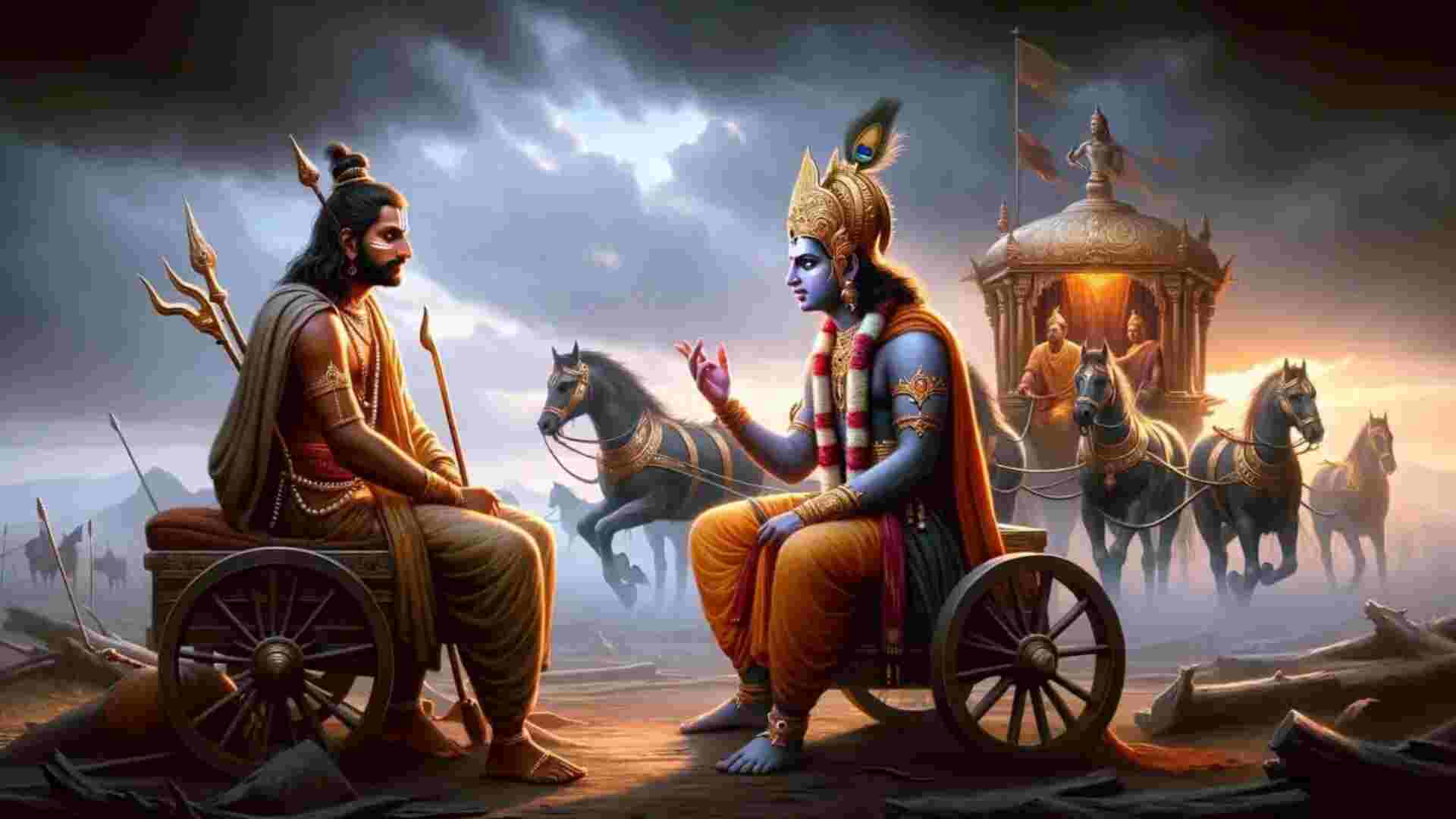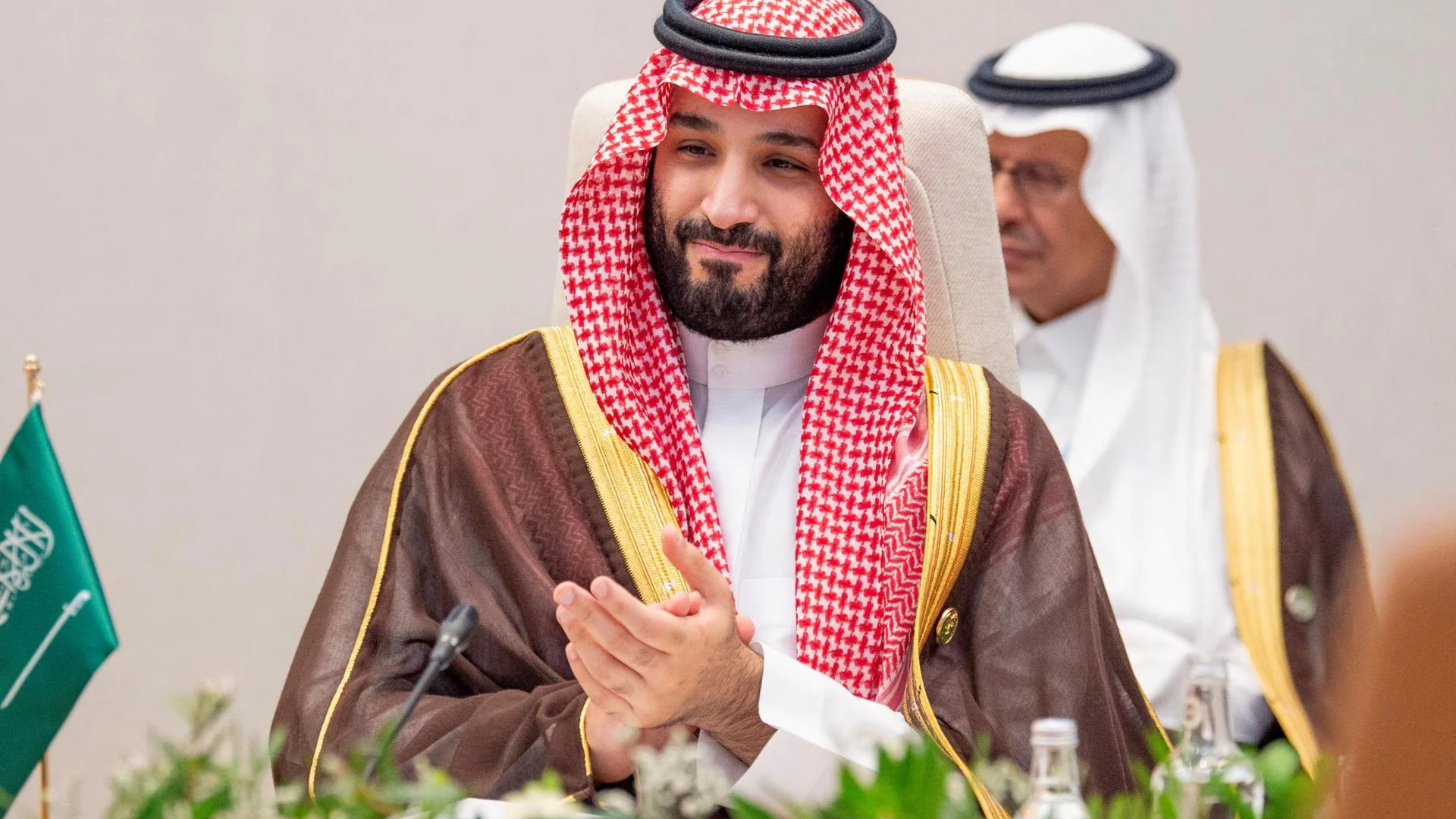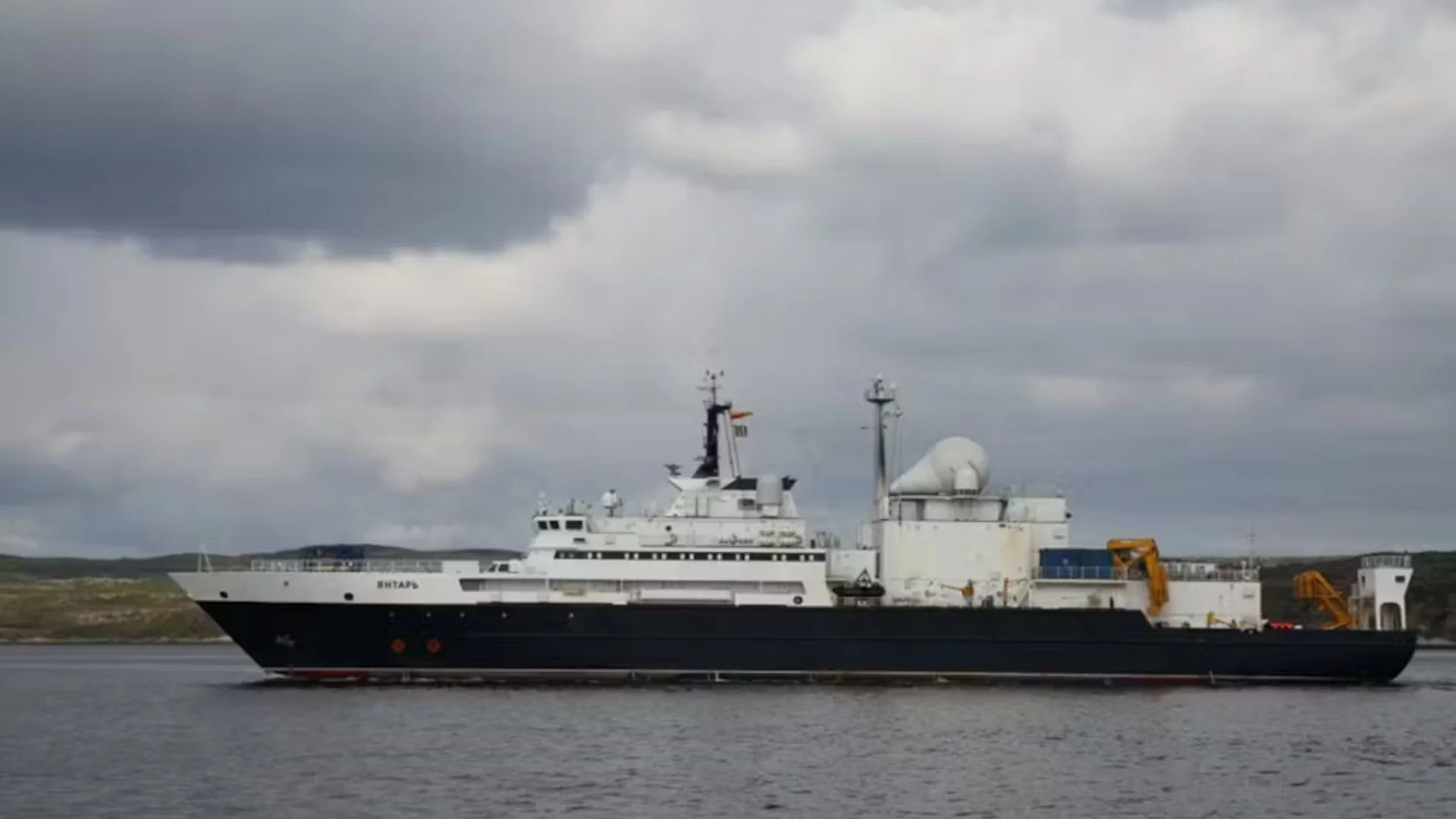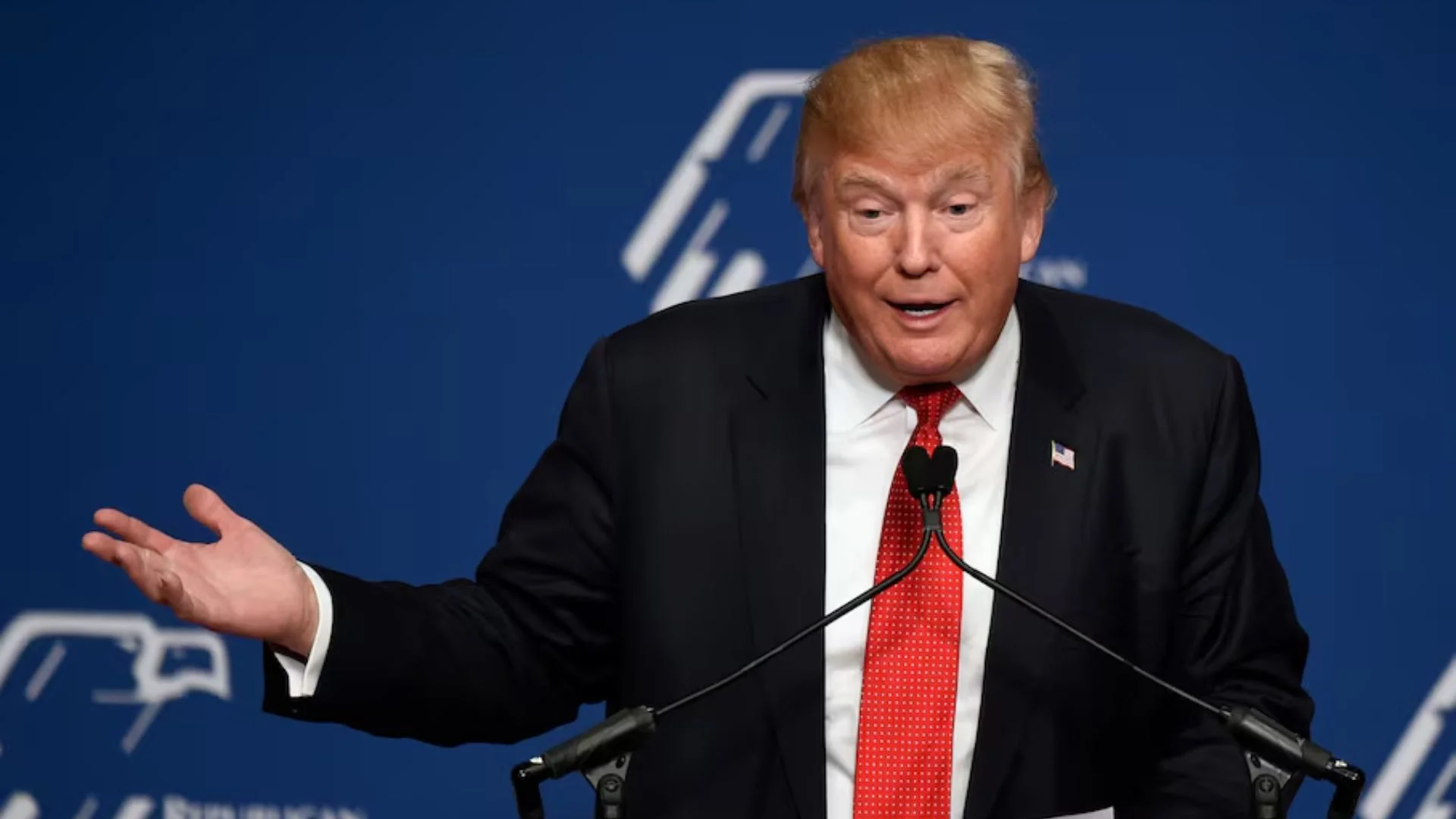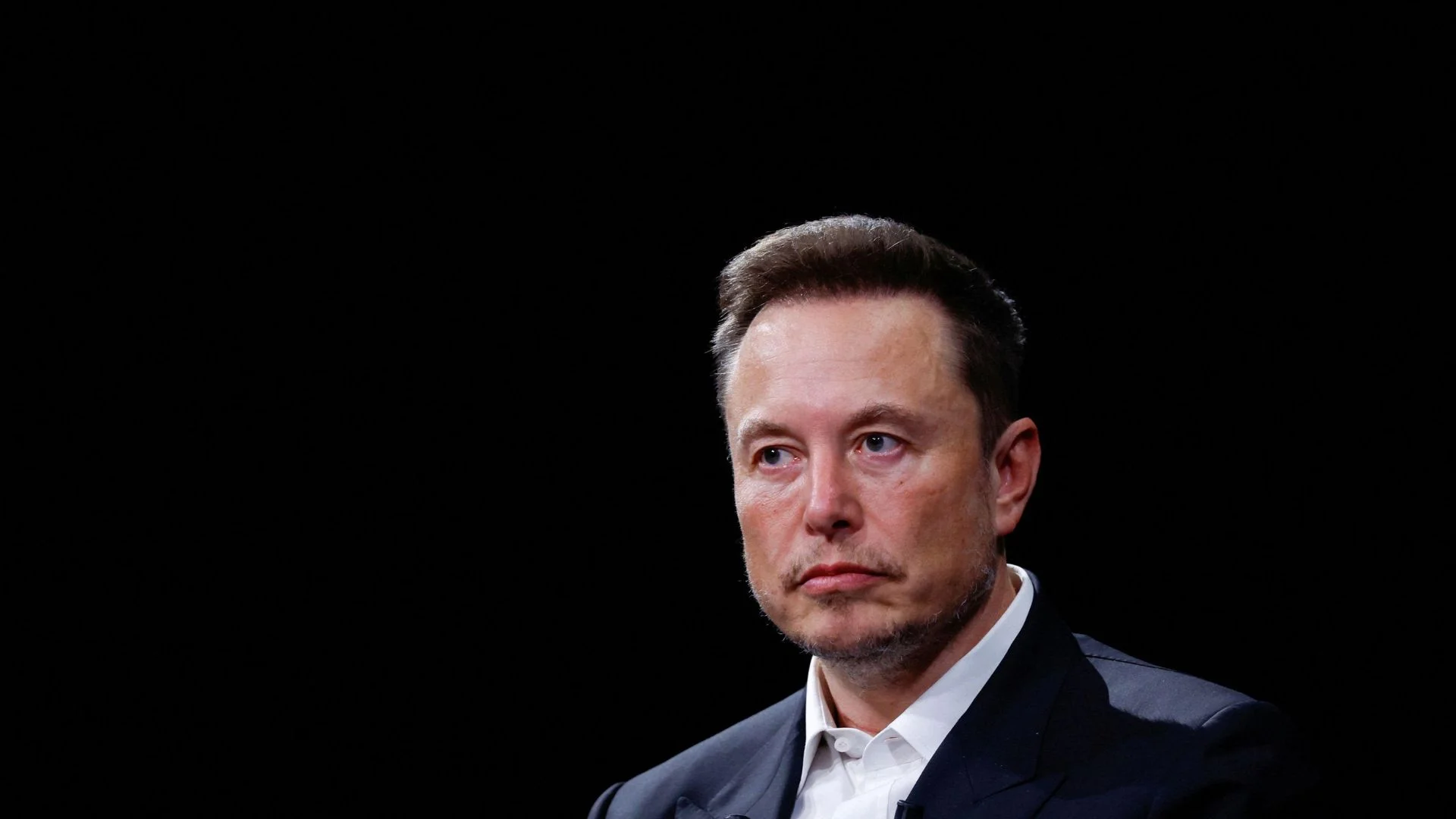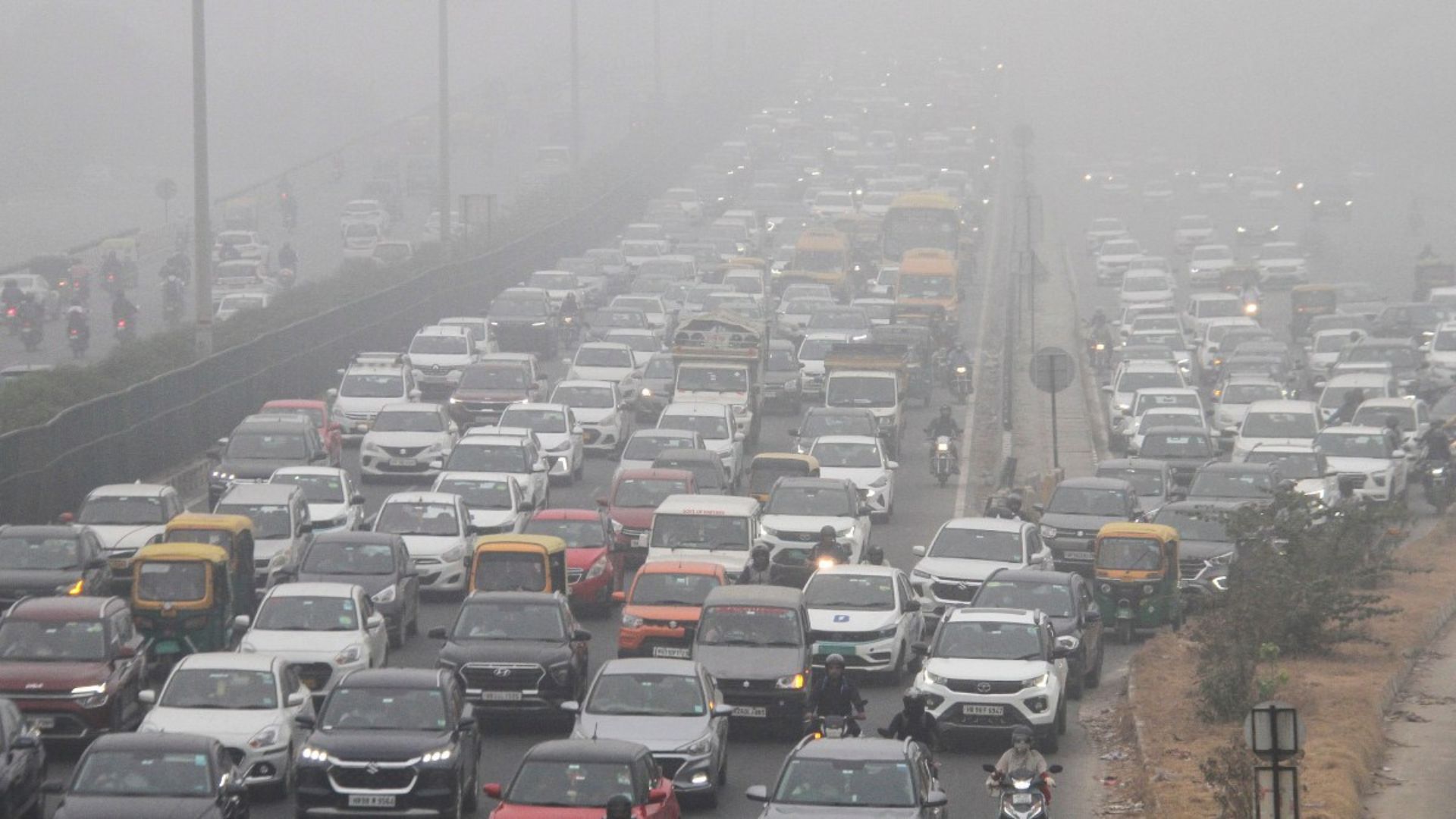
Prime Minister Narendra Modi’s recent visit to the United States has historically consolidated the Indo-US relationship to the next level of equality, not merely as a junior ally. The Modi-Biden summit endorsed greater strategic partnership between US and India in all the spheres of international diplomatic affairs, including in defence production and export of such indigenous devices, space, geopolitical and strategic scenarios.
The Artemis accord signed by India for space affairs will lead to beneficial use of outer space for all humankind and ensure an avenue for India to explore its potential in outer space. India has inked a deal worth US$ 3.5 billion to procure 31 advanced MQ-9B Predator drones, their associated mobile ground control systems, Hellfire air-to-ground missiles, and precision-guided munitions to meet immediate requirements. Of these, 15 Sea Guardians will be for the Navy, and 8 Sky Guardians each will be provided to Army and Air Force. MQ-9B Predator drones will enhance India’s capability for long-range ISR that is intelligence surveillance and reconnaissance and strike missions over all borders, including maritime in the Indian Ocean Region, as well as land borders with China and Pakistan. In addition, India will be able to set up maintenance, repair, and overhaul facilities for the MQ-9B drones, which will be extended to countries like Japan and Australia as well.
Another landmark deal with General Electric and HAL will provide the facility of co-production along with access to the transfer of the latest, high-tech technology to develop multi-modular components of the GEF 414 Jet engine in India. GEF 414 Jet engine will replace the Kaveri Jet engine in indigenous LCA Tejas Mark II. In addition, the process of jointly building the eight-wheeled armored personnel carrier Stryker in India is also on the cards. The accord on the production of a semiconductor assembly and test facilities in India will be a landmark decision. India and US diplomatic relations had undergone a rollercoaster for the last 75 years. Pandit Jawaharlal Nehru visited the US in October 1949 which was reciprocated by US President Eisenhower in December 1959 as a mark to solidify the US-India tie and continued to be cordial till 1962 when US President Kennedy supported India against Chinese aggression. However, the post-1965 Indo-Pak war era witnessed a swing in US policy as pro-Pakistan and pro-China policy. India-US ties have been topsy-turvy under the regimen of President Nixon and PM Indira Gandhi. The Indo-Russia treaty and Bangladesh liberation war in 1971 followed by the nuclear explosion by India in 1974 and subsequent US sanctions consequent to it, led to the alienation of India which lasted till the US under President Clinton modified its US national security strategy in 2002 and identified India as a possible strong strategic ally to balance the growing influence of China in Asia. PM Vajpayee advocated the solidification of Indo-US relations.
However, PM Manmohan Singh played a vital role to transform and redefine the Defence and strategic policy of India from pro-Russia to an important strategic partner of the US. Under his regimen, India entered into a highly significant nuclear deal in 2005, enhanced its defence cooperation in maritime and cyber security as well as defence technology development, research and trade initiatives in 2012. Undoubtedly, the biggest churning and golden period of Indo-US strategic and military relations emerged in 2014 under the leadership of PM Modi. President Obama and Prime Minister Modi further solidified the breakthrough of nuclear-related issues and renewal of the US-India defence framework agreement in 2015.
Nine years of PM Modi’s rule have witnessed the expansion of the Defence agreement, including the initiation of 2+2 dialogue between the US and India. India inked a significant treaty on BECA (Basic Exchange and Corporation Agreement), a most important foundation military agreement which allows the sharing of sensitive geospatial intelligence, information on maps, and satellite images for the purposes of defence and enhancing navigation capabilities of missiles and other modern gadgets. Under the Modi regimen, India had entered into Quad arrangement, an informal security dialogue, along with Japan, in 2021. Hence, India has a larger role to play in the strategic affairs in the Asia Pacific region.
The aggressive posture of China in the Asia Pacific region, especially towards Taiwan, has signaled serious concern in the matter of security, stability, and peace in South Asia. Over and above, the growing global influence of China in all vital domains of defence, economy, space, and AI has compelled the United States to re-design its doctrine over the last four decades.
The current equation of the Indo-US partnership is based upon mutual interest and prevailing geopolitical situations which have transformed India as the best strategic partner of the USA. However, US and India are proceeding further with a word of caution on a tightrope. The US is apprehensive about Indian dependence on Russia on account of defence imports. Diplomatic ties are never ever static and permanent. Such relations are bound to be reviewed and reshaped periodically in accordance with the emerging national interest. It is a well-known fact that India is one of the fastest growing economies with tremendous potential to attain the status of world superpower by the middle of this century. Hence, despite strong bonding among the present leadership of both countries, the US is likely to provide limited space to India in the Asia Pacific region or in any international forum to restrict India just short of attaining any impending threat to US status as a global superpower. After all, the US is known to play the game of check and balance as it happened earlier in the eighties when the US had strongly supported China to build its economy to counter Russian dominance in a post-Cold War era. The US needs India and India needs the US. Relationships will develop further, but the steel frame of the civil-military administration and the political outfit may be highly vulnerable to the access and influence by global Intelligence agencies for which India has to maintain trust and partnership with a note of caution.
Major General J.K.S. Parihar, Sena Medal, Bar to Vishisht Seva Medal (Retd.), is former Additional Director General, AFMS, and an expert on Defence and international strategic affairs.
